February 16, 2025 | 18:30 (GMT+7)
Five hundred-year old Uoc Le “gio cha” village celebrates “second Tet”
PANO - On the 15th day of lunar January, Uoc Le village (Thanh Oai district, Hanoi) people, who are living and working far from their hometown, return home to reunite with their families, prepare feasts, and celebrate what they call their second Tet.
    |
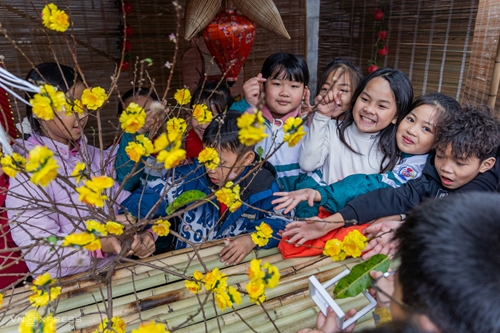 |
|
Primary schools give their students the opportunity to visit and experience the traditional market. Such an activity help educate students about the importance of preserving the long-standing cultural values of the village. |
    |
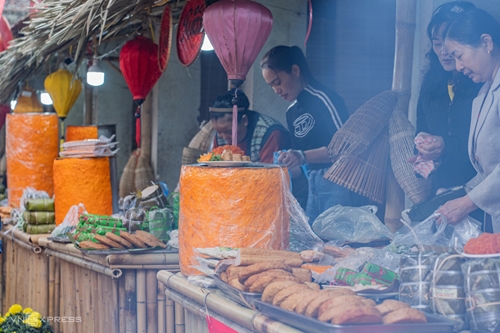 |
|
In the past, the craft village had two main products. However, due to changes in customer demand, families in the village now sell over a dozen different types of products. |
    |
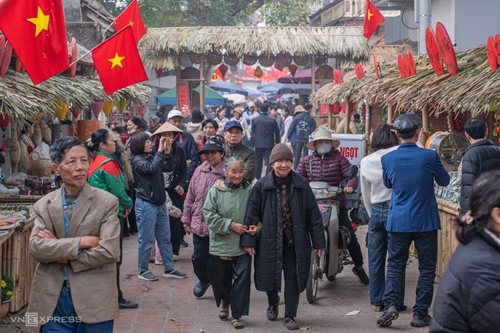 |
|
By organizing the event, villagers hope to create a space to attract visitors to the village. |
    |
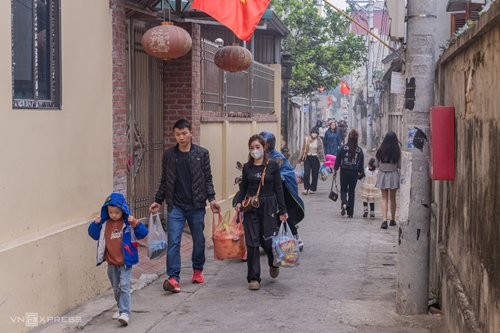 |
|
After 9a.m. on the 14th day of the first lunar month, the roads leading to the village get crowded with people returning to their village from different localities across the country. The second Tet celebration officially begins on the 15th day of lunar January. On the day, local people gather together, inviting friends and relatives to experience the unique customs of the village. |
    |
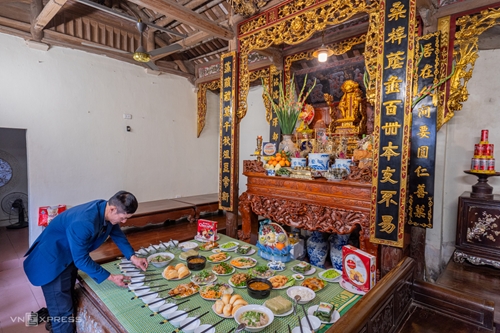 |
|
Many elderly people in Uoc Le believe that the family with the most guests and the largest feast in the second Tet celebration is “something to be proud of.” |
    |
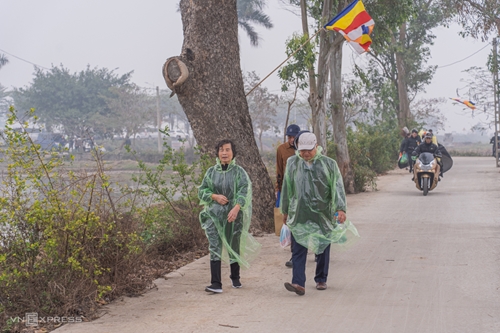 |
|
On the day, Uoc Le villagers also visit So Pagoda to pray for luck and peace. |
    |
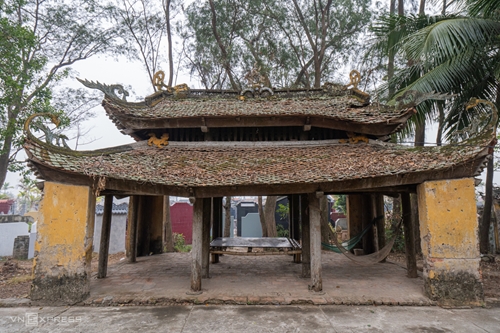 |
|
Built during the Mac Dynasty, the pagoda is nearly 500 years old and till retains many historical features such as old bricks and dragon carvings. |
    |
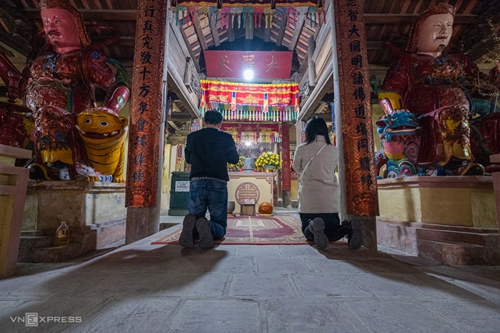 |
|
Villagers perform rituals to pray for peace and prosperity inside So Pagoda. |
    |
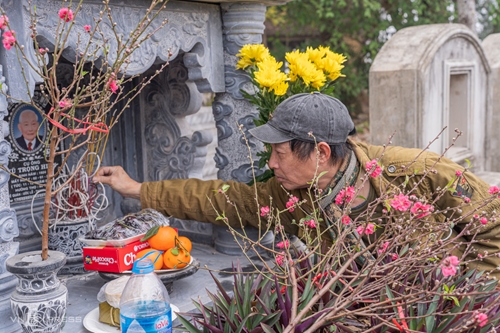 |
|
According to many villagers, some families, who have not returned to their hometown during the lunar New Year, choose to visit their ancestors’ tombs on the 15th of lunar January. In photo, a family from central Hanoi visits the tombs of their ancestors at the cemetery near So Pagoda. |
Source: vnexpress.net
Translated by Tran Hoai